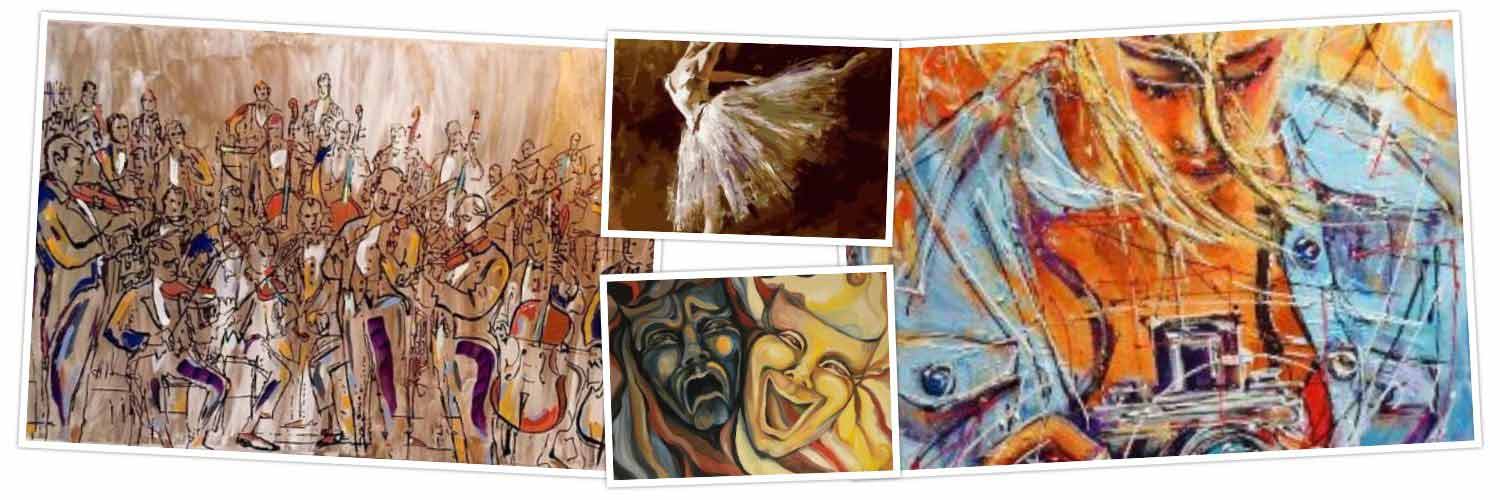Interview with Sculptor Bill FitzGibbons
By JASMINA WELLINGHOFF, Editor
How do you define yourself as an artist? What is your medium and what are your interests?
I am an artist who likes to engage the community with public art. I have had several solo exhibitions in museums and my work is also in private art collections, but I most like to engage the public by creating artwork in the public domain. This also includes creating artworks that I categorize as “pyro-sculpture performance.” This performance art combines sculpture with music and choreographed “dancing” with pyro-technics. Much of my current artwork involves light installations. With this medium you can engage people with a site or built environment in a way that they had never experienced before.

Could you describe the basics about LED lights and the process of creating light installations?
LED stands for “light emitting diode.” LED lighting fixtures produce light up to 90% more efficiently than incandescent light. My original use of light was when I incorporated neon units on paintings. This quickly
evolved into incorporating neon with steel sculptures. Neon has a limited number of colors that you can choose from and neon units are very fragile. LED light systems have millions of changing colors to choose from, and are very robust, not fragile.
Could you tell us where your installations are in San Antonio?
Centro Chroma Tower, located in VIA Centro Plaza
Day Star Archway, San Antonio International Airport
Duck Pond Plaza, Heritage Park Neighborhood
Kinetic Skyline, 300 Convent St., downtown San Antonio
Light Channels, Houston and Commerce Streets under Highway 281
Woodlawn Bus Stop, Woodlawn Ave.
Are your installations mostly owned by public entities?
They are mostly commissioned by public entities. The light sculptures have a variety of light programs that change throughout the year.

Please describe how you learned to use light in your art?
I learned about how to use light by experimenting with different light sources. My first lights were neon lights that were given to me by a fellow student. When I was introduced to LED systems, I used experts from various lighting companies to keep me updated on new fixtures and ways of programming lights. The LED technology is constantly changing and improving. Unfortunately, art schools do not usually include instruction in the use of various light systems.
You mentioned a time when you had a job in Alaska that was productive for you in terms of developing your skills as a light artist. Could you tell us more about that?
I was the head of the sculpture department at the Visual Art Center of Alaska, located in Anchorage. Alaska is a huge wealthy state with only about 500,000 people. When I was there, they had many new state and city construction projects. Both the state and several cities had public art programs that had 1% of a building’s budget go towards public art, with very few artists who were able to do public art.
Consequently, I received art commissions in Anchorage, Fairbanks, Homer and Juneau.
Do you create more traditional sculptures?
No.
You have large premises here on Lone Star Boulevard, including a large manufacturing space. What is being made there?
My studio has a woodworking and metal fabrication area. I am currently working on a metal sculpture that has internal LED systems. I am also exploring more interior artworks that will be interactive.
You also have two exhibition galleries on the premises. Who are the artists exhibiting in those spaces?
The Lone Star Art District has several buildings that are owned by artists and many artists have studios in these buildings. We have exhibitions here every 2nd Saturday of the month, and typically get 400-600 people attend. The artists who exhibit in my galleries are mostly from San Antonio and Texas. Sometimes we have artists from out of state. We do not have regular viewing hours other than Second Saturdays but we do have visitors by appointment.
Are you mentoring up-and-coming light artists?
I have a very active intern program with UTSA, and I mentor students in various aspects of studio practice, networking, and gallery operations.

Great article. Congratulations Bill.